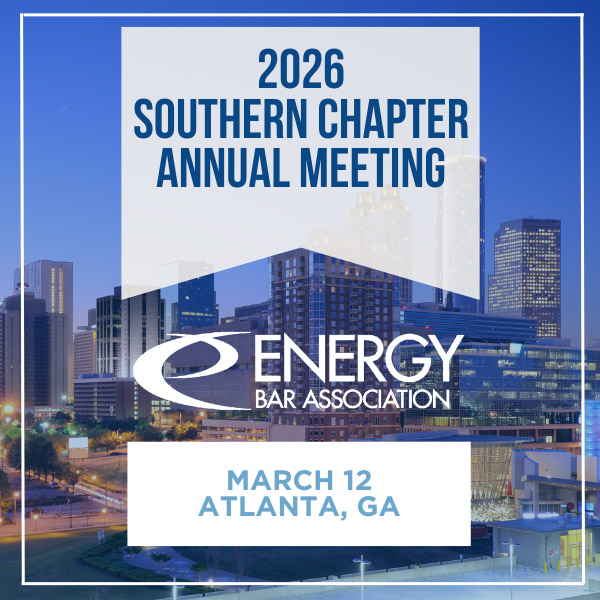Beacon Wind has paused its efforts to build an underwater transmission line into New York City.
Its Feb. 19 filing with the New York state Public Service Commission (Case 22-T-0294) withdraws the application for a certificate of environmental compatibility and public need for the 320-kV HVDC line it proposed in May 2022.
The line was to run 115 nautical miles through Long Island Sound to the Astoria Gateway for Renewable Energy, a point of interconnection (POI) at the northwest tip of Long Island where a gas-fired power plant once stood.
In a Jan. 31 PSC filing, Beacon Wind LLC indicated it was considering alternative POIs as the project evolves, in part due to feedback it received during the NYISO interconnection process.
In the same filing, it indicated a pause would be useful “given the uncertainty with respect to federal permitting for offshore wind.”
Just 11 days earlier, President Donald Trump in an executive order halted awards of new offshore wind leases and cast uncertainty over existing leases and projects.
Beacon Wind is being developed by oil supermajor bp, which has scaled back its investment in renewables in the past year. The U.S. public relations staff for bp told NetZero Insider via email:
“On Feb 19, Beacon Wind withdrew its New York Article VII application — the state’s transmission interconnection application — and NYISO offshore wind queue position. This decision was made to allow for more time in the evaluation of the project’s design and configuration. Since the project submitted its application and queue position, New York’s approach to offshore wind project interconnection has evolved in the direction of coordinated offshore transmission. We support the Public Policy Transmission Need project approach sponsored by NYISO which is designed to help reduce the cost of electricity delivery from offshore wind projects to the New York grid.”
Beacon Wind has had some challenges.
Bp was pursuing Empire Wind and Beacon Wind as a joint venture with fellow oil and gas producer Equinor. The two also proposed the Astoria Gateway and a large port facility in Brooklyn.
They won New York offtake contracts for Empire 1 and 2 and for Beacon 1, but not Beacon 2.
Then the U.S. offshore wind industry stumbled, just as it was starting to build real momentum in the third year of the Biden administration, thanks to soaring costs, supply chain constraints and insufficient infrastructure. Most developers holding offtake contracts along the Northeast coast canceled them, including Equinor/bp.
The two companies also dissolved their partnership, with Equinor taking full ownership of Empire and the port and bp taking Beacon and the Astoria Gateway. (See Offshore Wind Reset Complete in New York.)
Equinor since has won a new state offtake contract for the 816-MW Empire Wind 1 and has begun construction of the port. The PSC on Feb. 13 gave final approval for construction of the portion of Empire Wind 1’s transmission line in state waters (Case 21-T-0366).
Empire Wind 2, on the other hand, is on indefinite hold. On Sept. 12, after more than two years in the works, Equinor withdrew its request for the Certificate of Environmental Compatibility and Public Need that would allow it to construct an export cable. (See Equinor Yanks Request for Empire Wind 2 Export Cable.)
In June 2024, after reports that bp was refocusing toward fossil fuels and away from offshore wind, a U.S.-based spokesperson told NetZero Insider the developer was taking the time to fully evaluate the Beacon Wind project and had not come to a decision. (See Bp Says It is Still Evaluating Beacon Wind.)
That was four months before Trump was elected president and seven months before he followed through on a campaign pledge and moved to thwart offshore wind development in U.S. waters.
In December 2024, bp and Japan’s largest power generation firm, JERA, announced they would form JERA Nex bp, an offshore wind joint venture. They said they expected to finalize the deal before October and would pursue “highly disciplined, capital efficient growth.”
The assets listed by JERA and bp total 13 GW of potential generating capacity. Beacon — at 2,580 MW, the largest facility on the list, and the only one in U.S. waters — was listed not as a development project but as a secured lease.
The new partners said they expected to concentrate on existing projects in Europe, Australia and Japan and to continue to pursue longer-term opportunities.


